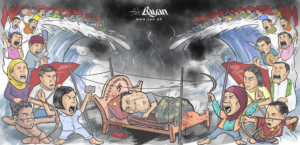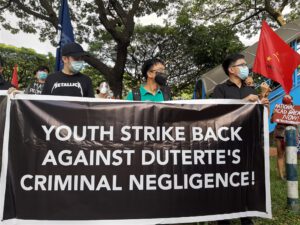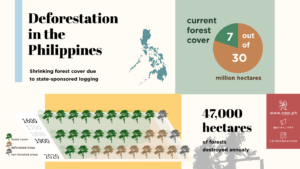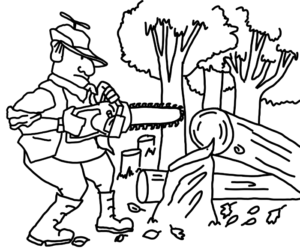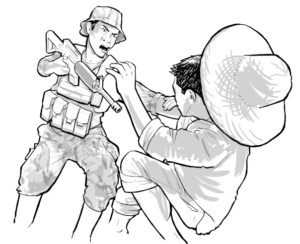Catastrophe brought about by negligence

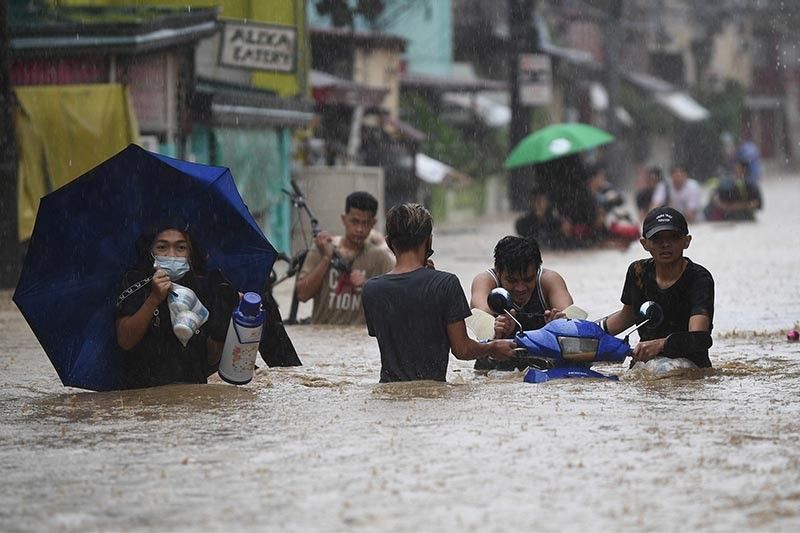
In the evening of November 13, residents of Cagayan Valley took to social media and text messages their calls for rescue as typhoon Ulysses lashed the region. Flood waters rose quickly following the sudden release of water by the Magat Dam. The Ambuklao and Binga dams also released water when the water level in Cagayan River reached 13 meters.
Within 11 hours, 21 towns and a city in Cagayan, and 22 towns and three cities in Isabela were inundated. The flooding also reached 15 municipalities in Nueva Vizcaya and five towns in Quirino. Many of those who were affected were left with no other option but to wait in rooftops for rescue due to the reactionary government’s slow response. Cagayan residents said that this was the worst flooding in the region in the past 45 years.
On November 12, more than 40,000 houses were inundated in Marikina City and two towns in Rizal following the release of water by Angat Dam before and during the typhoon. Flood levels also rose in various areas across Metro Manila due to continuous rains. Many structures, electric posts and cables were damaged due to strong winds. This has left more than million households without electricity. Millions also suffered from water service interruption at a time when it is most needed. At least 73 died due to the flooding. Initial estimates put the value of damages caused by the typhoon Ulysses at ₱10 billion.
In Southern Luzon, many residents, particularly those in the Bicol and Southern Tagalog regions, are yet to recover from the impact of supertyphoon Rolly which hit the area on November 1, were once again slammed on November 11 by typhoon Ulysses. This includes 240,000 families who lost their homes at coastal areas in Albay, Catanduanes, Camarines Sur, Camarines Norte and Quezon. Typhoon Rolly alone has caused damage to infrastrucure and agriculture worth ₱17.8 billion. At least 25 were killed during the said supertyphoon which is considered the strongest among the five typhoons which successively hit the country in three weeks.
There are strong calls to hold to account the officials and companies operating the Angat, Ipo, La Mesa, Ambuklao, Binga, San Roque and Magat dams which indiscriminately opened their gates during the typhoon. Local government units were not informed on when and how much water was going to be released by these dams.
Simultaneously, the call to stop the construction of the Kaliwa Dam gained ground once again. Instead of this project, groups are demanding a program for reforestation in Sierra Madre which serves as watershed areas for La Mesa and Angat dams.
Duterte himself admitted that he was alseep when the typhoons hit. However, he refused to accept criticism when he finally appeared in public. He also baselessly accused Vice Pres. Leni Robredo of stealing the limelight, insulted relief operations initiated by her office, and threatened her if she is planning to run for president in 2022. Duterte even had to gall to crack sex jokes during a briefing with local government officials while people were in dire straits.
The creation of another task force was Duterte’s response to the severe impact of the typhoon and the people’s outrage against his regime. On November 14, his government announced the creation of the Build Back Better task force which is spearheaded by his inutile and unqualified generals and cabinet members. He placed the entire Luzon under a state of calamity in order to realign more budget to his office and agencies under it.
Unlike Duterte, various democratic organizations and individuals mobilized to aid those who were affected by the calamities. Among those who participated in rescue and relief operations were the Tulong Kabataan Network, Tulong Sulong Cagayan Valley Network, Balsa, Tulong Obrero and offices of progressive partylists in Congress. Humanitarian institutions also rushed to provide aid. The Office of the Vice President also reached out to make the demands and calls for rescue of Cagayan residents be heard. It was also able to raise almost ₱50 million for relief operations.

